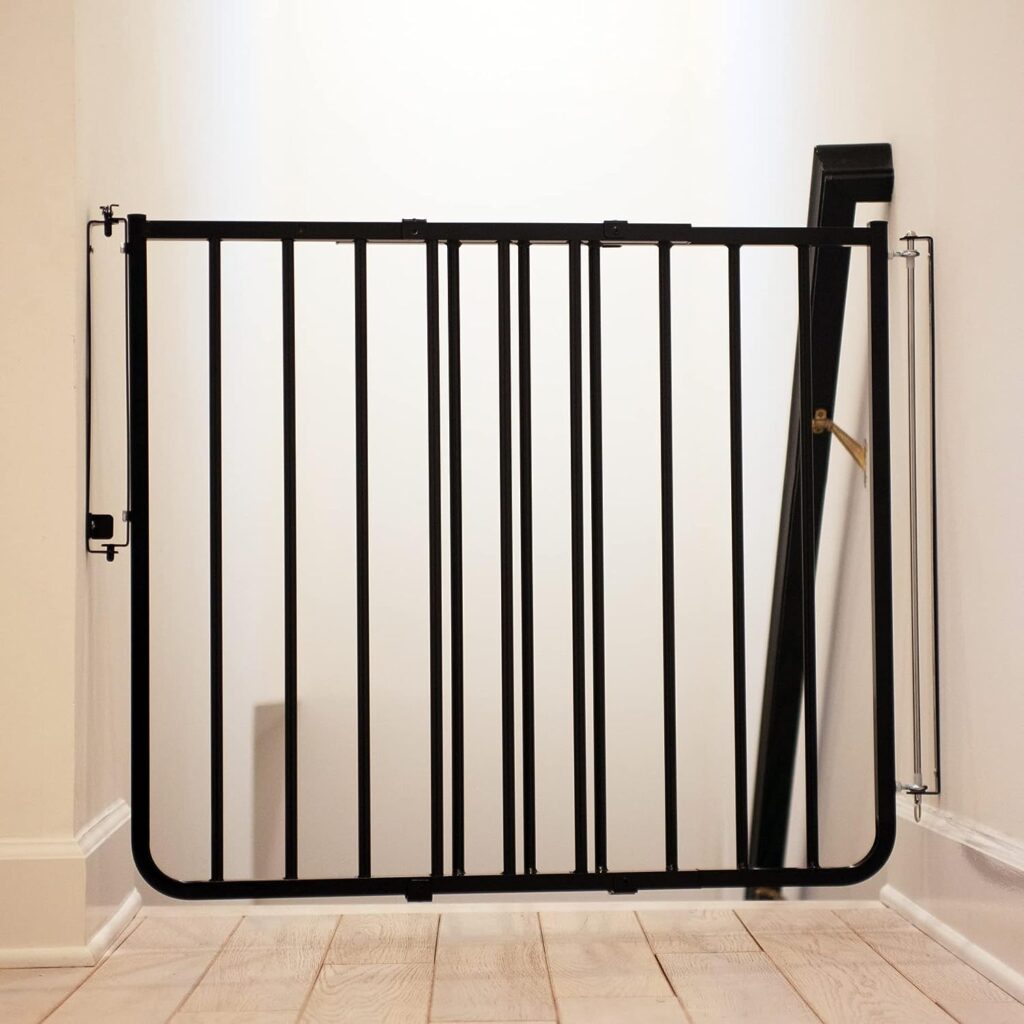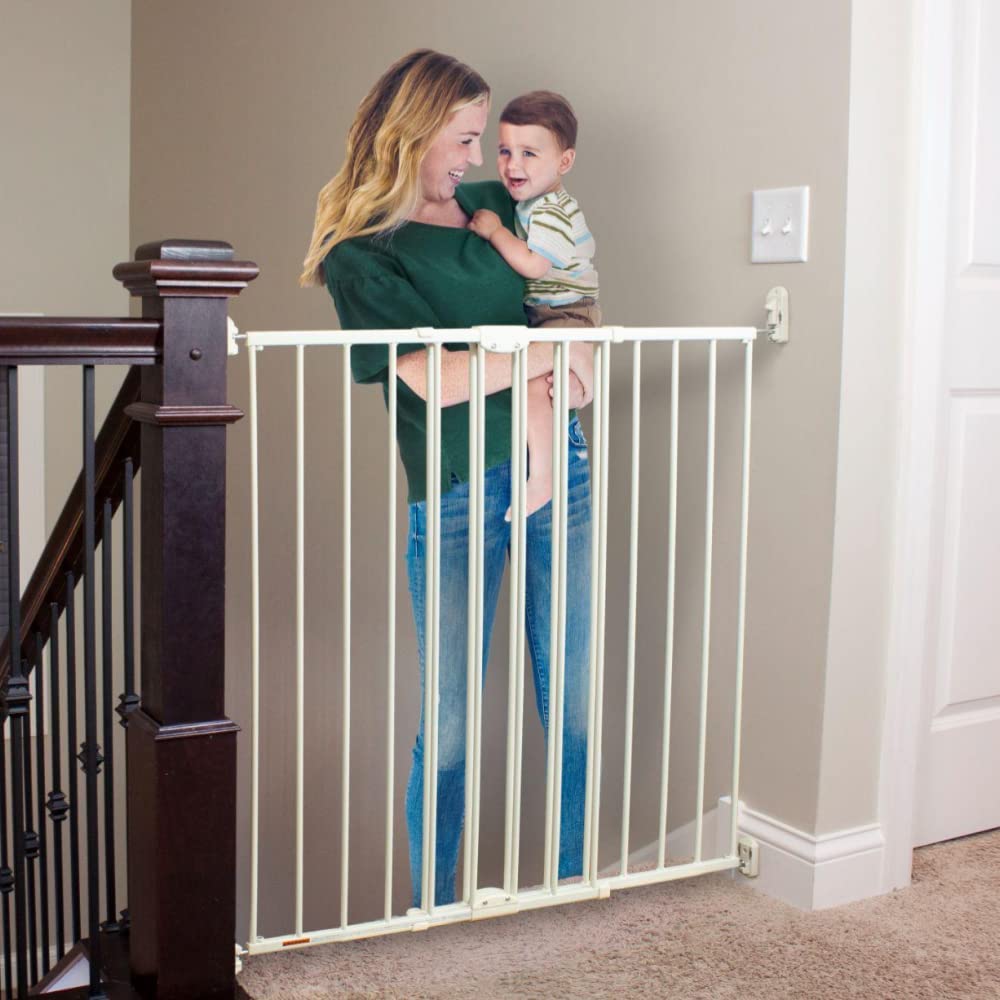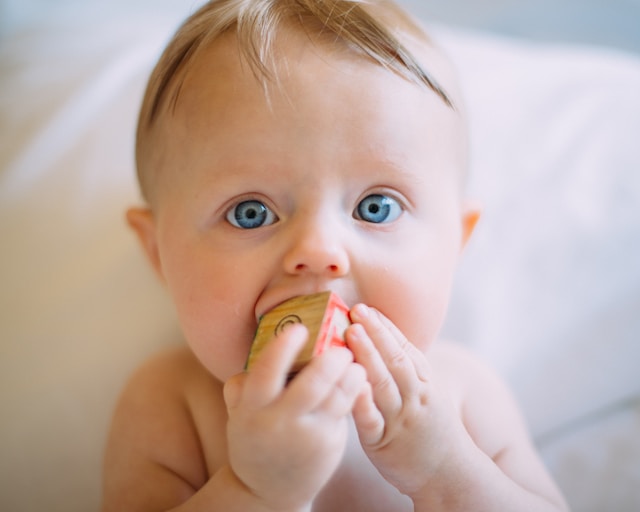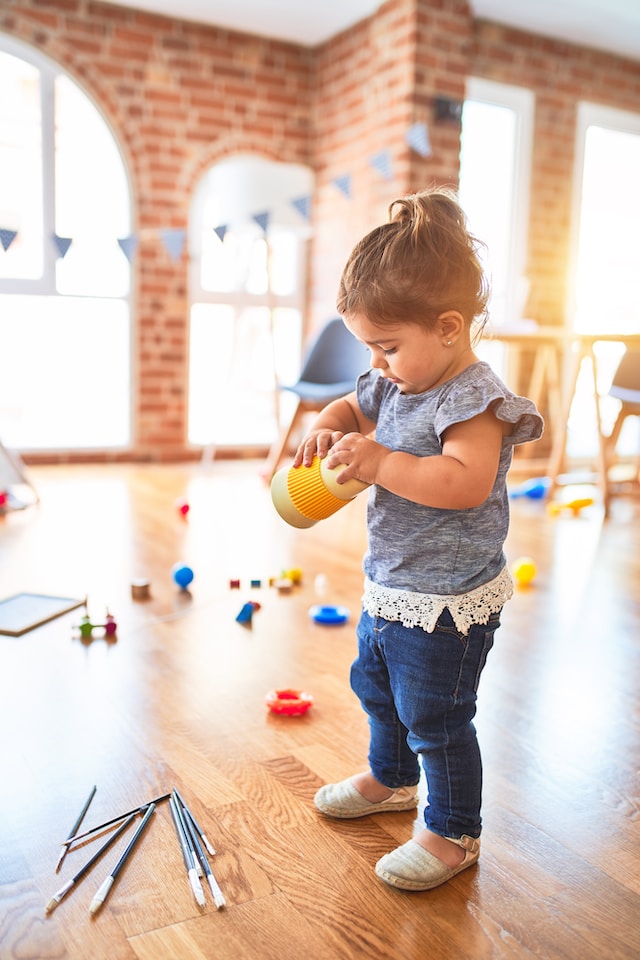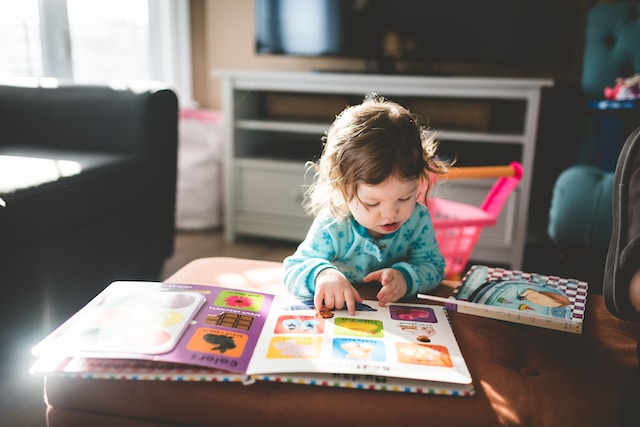Babies and toddlers are notorious for speed and agility at the worst possible moments. They can slip away and be at the stairs in mere seconds.
According to the CDC, falls are the leading cause of injury in children between the ages of 0 and 19. These falls are even more likely in homes that have stairs.
The Nationwide Children’s Organization provides a video with study statistics and information regarding stair safety for children.
The good news is, there is an easy way to make the stairs in your home safer for your little ones. While the following solutions are not substitutes for close supervision, they can make your job as a parent quite a bit easier. Keep reading to learn about ways to babyproof stairs in your home.
When Should You Start Babyproofing Your Stairs?
The best time to begin babyproofing is before your child is mobile. Many pediatricians will begin discussing babyproofing at the six-month child well check. Some will even recommend babyproofing at the two-month and four-month checkups.
Even if your baby isn’t crawling yet, they are beginning to roll over around this age and can even begin pulling up on furniture. It is best to be ready because they begin moving before you know it.
How to Baby Proof Staircases
It is impossible to allow your children free access to the stairs and keep them safe. Make sure that you prevent your child from reaching the top and bottom of the stairs without strict supervision and assistance.
You will also have to make sure the area is properly secured since babies and toddlers are notorious for climbing, pushing, and jumping. Remember that even when you take all necessary safety measures, there is no substitute for adequate adult supervision.
1.
Restrict the Area
The best way to keep your child away from the stairs is to restrict their access to them as much as possible. Creating designated play areas, keeping doors closed, and keeping your child close to you are all good ways to prevent them from playing on the stairs.
2.
Use Baby Gates
Babies and toddlers are quick. Don’t rely solely on supervision to keep them away from the stairs. Installing baby gates can keep them from cllimbing the stairs or accidentally tumbling down them.
Making sure that the baby gate you choose is correctly installed and fits your stairs can help keep your little one safe and give you peace of mind.
To give you more information on how best to choose the best baby gates to suit your needs, see our ultimate baby gate buying guide.
3.
Perform Maintenance on Your Stairs
There are several things you might need to do in addition to installing baby gates at the top and bottom of your stairs. Always make sure that your stairs are decluttered. Don’t leave toys or other items on the staircase. Always make sure that the stairs are clear before walking up or down them with your baby or toddler.
Additionally, ensure that the staircase and railing are well-maintained. If there are loose banisters or a broken step, take the time to make sure that those are repaired and well-secured to prevent accidents and possible injury.
There are options for performing these repairs on your own, but if you are unsure about the safety of your stairs, hiring a professional repair service is a good idea.
How To Baby Proof Stair Railings
Some parents overlook the stair railings when babyproofing stairs. Unfortunately, the slats of some railings are just wide enough for a little one to slip through or get stuck. In other cases, they are easy to climb. No matter the type of railing you have, it is crucial to babyproof.
1.
Invest in a Banister Guard
Banister guards cover the length of your banister and come in several different options to fit your needs and your decor. They’re not always easy on the eyes, but their safety benefits far outweigh their appearance.
They are generally simple to install, but always make sure that you test the guard before allowing your child access to the railing. These guards can prevent your little one from slipping between the banister and falling or getting stuck between the railings.
2.
Create a Custom Guard
If you are interested in both safety and appearance, it is possible to create your own custom banister guard at home. There are several different ways that you can make this happen including using materials you might find around your home.
Some retailers sell custom banister shields and mesh that you can easily install yourself using zipties.
3.
Upgrade or Replace Existing Railings
Banisters are a crucial element of stair safety. Your child should be able to hold onto this railing when going up and down to steady and prevent slipping. It is also important if you are carrying your little one up and down the stairs. The slightest misstep can spell big disaster.
If you have stairs in your home that do not have railings, you should install one as soon as possible. It might be one of the most important steps you take toward babyproofing your home.
If you have existing railings that are damaged, loose, or otherwise unsturdy, consider repairing them, upgrading them, or even replacing them all together.
Making sure that your stair railings are in place and sturdy when your little one does use the stairs can teach responsible stair use as well as keep them safe.
Additional Babyproofing Tips for Stairs
1.
Babyproofing for Small Stairs
Some homes have just a few stairs that lead from one room to another. Sometimes there are only one or two. Don’t let the small number of stairs lull you into a false sense of security. What seems small to you can be a large hazard for a baby or toddler.
Sometimes these stairs need only a single simple solution: an expandable baby gate in the entryway. This will keep your child from falling or tripping unexpectedly.
2.
Add Carpet to Your Stairs
Yes, we know. Carpets are not exactly a popular choice for homes these days. But as a preventative safety measure, carpet is far safer than hardwood floors. It is much easier for feet to grip carpet to prevent falls, and if there is a fall, it provides a much softer landing.
If you have remodels in your plans, consider adding stair carpet to the agenda. There is no substitue for maximizing safety.
3.
Declutter Your Stairs
We’ve already mentioned this, but it bears repeating: declutter your stairs. Do not leave toys, clothes, books, or other items sitting on your stairs. Anything on the stairs can create a significant tripping hazard.
If you have anything sitting on your stairs, even if you know it’s there, your child who is just learning to use the stairs safelty could easily missstep and slip. It would take nothing for you to slip and hurt yourself or fall while carrying them as well.
4.
Get Rid of the Baby Gates
This might seem odd advice in an article about baby gates, but it’s important. The baby gates start out being important for safety, but after your child reaches a certain age, they can become just another hazard.
When your little one begins to learn to climb, the baby gates can be more dangerous than helpful.
So what do you do if you have children in different age ranges?
For starters, teach your child how to use the stairs safely as soon as possible. They need to be comfortable going up and down the stairs with your supervision while also being confident in their abilities.
Large three-in-one gates are great for families with multiple children. Older children can be taught how to open and close the gate safely while the small ones are still kept safe.
FAQ
1. Can You Babyproof Stairs Without Drilling?
There are many cases where you simply cannot drill into the stair railing or wall. Some people rent and cannot risk damaging the wood. Others have banisters that don’t allow for drilling. It’s true that not everyone can use hardware to safely mount a baby gate.
The good news is that there are kits available that attach to the banister without damaging it. You can use these kits to mount your gate to the banister and keep it sturdy without causing any damage.
2. Can You Safely DIY the Stair Baby Gates?
While there might be some ways to create your own baby gate at home, it can be time consuming to find the right materials and ensure that you have measured properly and created something that your child cannot break through.
We believe that purchasing a baby gate from a proven company is best because not only is most of the work done for you, but these gates have passed safety standards and are designed to fit or adjust to most home configurations.
Choosing from one of the many baby gates on the market can save you time, effort, money, and keep your little tyke as safe as possible.
Final Words
Keep in mind that baby gates are not the be all and end all of babyproofing your stairs. There are several steps you need to take in addition to installing gates to make sure that your baby or toddler stays safe.
We do believe, however, that the right baby gate can provide invaluable peace of mind and help you create a strong barrier between your curious child and potential disaster.
Don’t wait to begin babyproofing your home and stairs. Infants become crawling babies before you know it, and you don’t want to be caught wrangling before you have an adequate safety setup.
Make sure that you research and choose the gate that works best for your home and your family. Not all baby gates are created equal, so spending the necessary time and effort to find the right one is worth it.

